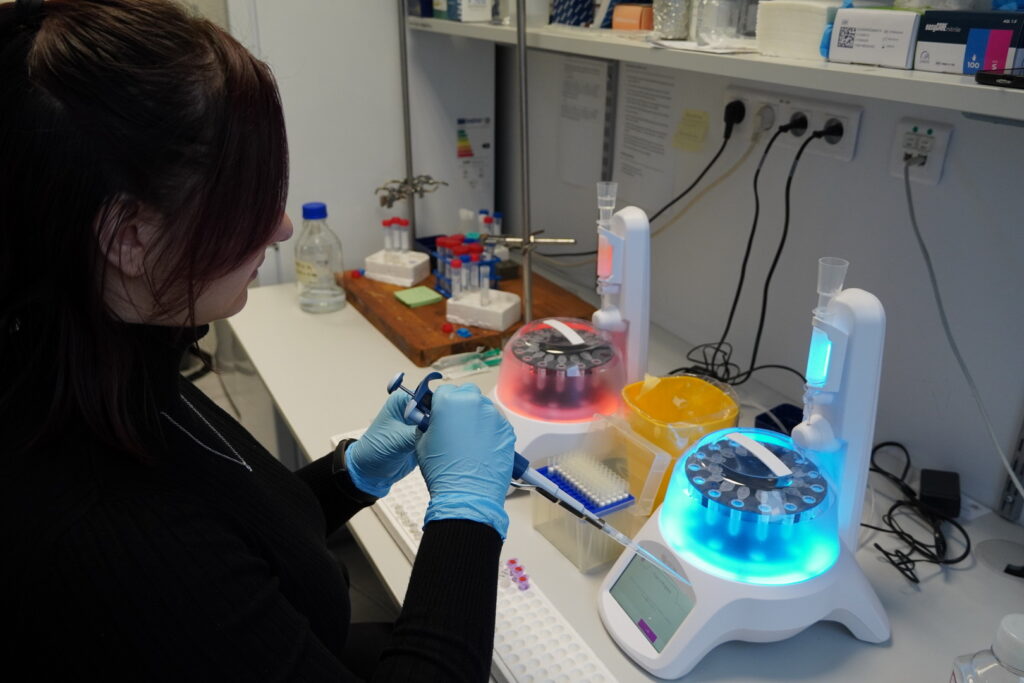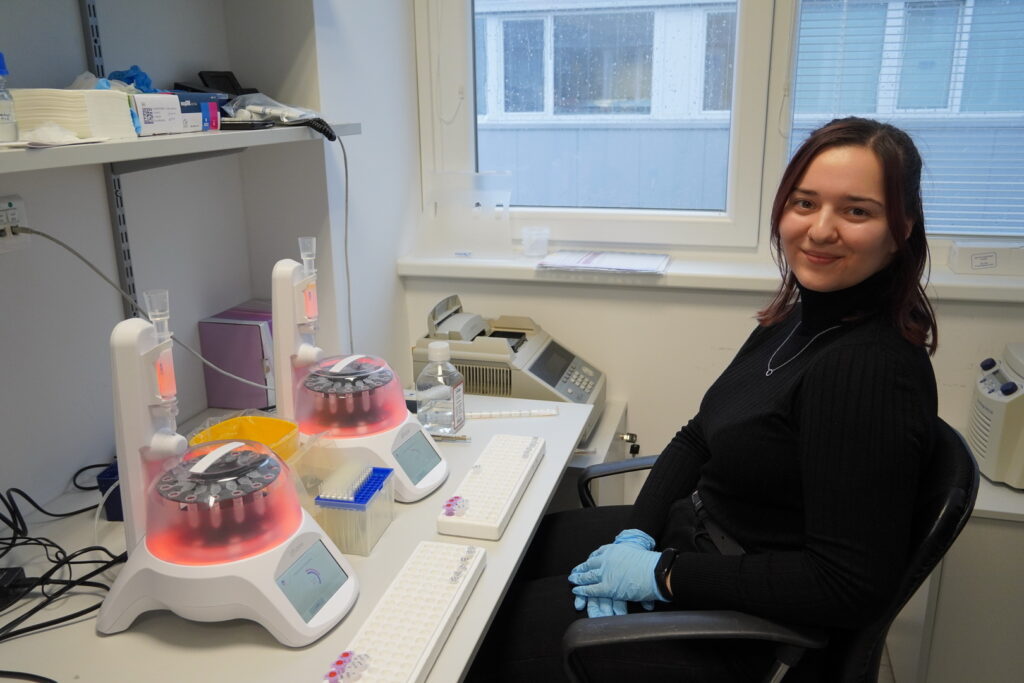Research Topic
Obesity develops as a result of an imbalance between energy intake and expenditure. This balance is influenced by genetic, behavioral, and social factors – from dietary habits to the level of physical activity. A sedentary lifestyle significantly contributes to the development of chronic diseases such as type 2 diabetes, cardiovascular, and neurodegenerative disorders.
Our research focuses on the mechanisms regulating lipid storage and mobilization in adipose and non-adipose tissues (muscle, liver, heart), and on the role of physical activity in maintaining metabolic health. We study how regular exercise and comprehensive lifestyle changes affect the balance between energy intake and expenditure and influence the progression of obesity, prediabetes, diabetes, and cognitive or motor dysfunction.
We pay special attention to molecular and humoral mechanisms of communication between active (exercising) muscle and other organs, as well as to adaptive responses distinguishing trained from untrained skeletal muscle and metabolically active brown or beige adipose tissue from white fat. These processes are analyzed at morphological, enzymatic, endocrine, functional, and epigenetic levels.
Patients with prediabetes, mild cognitive impairment, or early-stage Parkinson’s disease participate in our training and intervention studies aimed at improving physical fitness, restoring metabolic balance, and slowing the progression of chronic diseases.
Our work integrates knowledge of the complex interaction between skeletal muscle and adipose tissue, which profoundly affects whole-body physiology. Recent findings have revealed the high cellular and metabolic plasticity of adipose tissue – the ability of precursor cells to differentiate into white, beige, or brown adipocytes. Understanding how exercise modulates this plasticity may help identify new targets for maintaining metabolic health and preventing obesity.
As part of our translational research, we closely collaborate with the Center for Physical Activity, which enables the implementation of training interventions, long-term monitoring of exercise effects, and the promotion of healthy lifestyle habits among volunteers, employees, and patients from various populations.

Photo Gallery






Head of the Research Group

Employees
| Title | Name | Phone | ORCID |
|---|


